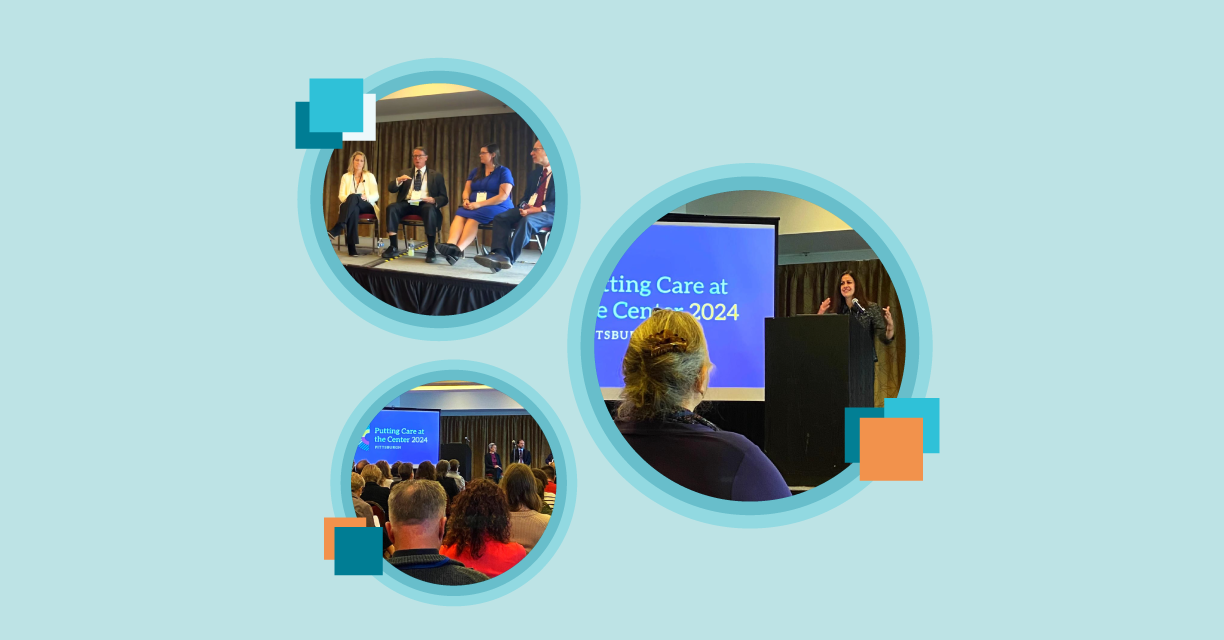Headline
Information such as patient-reported function and living arrangements can help understand which patients would benefit most from home- and community-based services.
Context
Many patients prefer to receive home- and community-based services (HCBS) rather than institutional long-term care (LTC). Earlier access to HCBS may delay or avoid admission into institutional care. The Veterans Health Administration (VA) has developed dashboards to identify those patients that may be at highest risk for needing institutional LTC and reach out to these patients for HCBS. This study compares three models for predicting institutional LTC utilization: (1) electronic health record (EHR) derived characteristics; (2) current and potential EHR variables; and (3) all current and potential EHR variables along with survey-based variables patient-reported measures such as activities of daily living (ADL) limitations, access to informal care, living arrangement, and financial status.
Findings
Including survey-based variables significantly improved the performance of the model in predicting long-term care utilization. The most consistent predictors of institutional long-term care use were age, dementia, social support, a VA-specific risk adjustment score, and ADL limitations. These findings show that inclusion of patient-reported measures such as patient-reported function and living arrangements -- which are not currently included in EHRs – can help to better predict future LTC need.
Takeaways
Systematic collection and tracking of patient-reported measures, including in primary care settings, would help to identify which patients would most benefit from HCBS programs.



